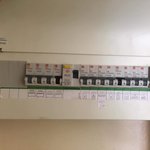
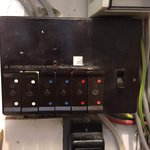
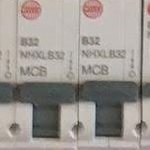
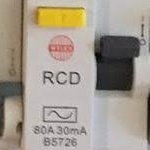
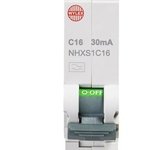
CONSUMER UNIT
A consumer unit will contain a main switch and the protective devices. It will divide your installation into different circuits. Through this division into circuits it can provide adequate protection to the cables and equipment and also reduced the amount of the installation that will be isolated in the event of a fault.
A consumer unit will typically have a main switch and a number of the following: RCDs, MCBs, RCBOs and SPDs. These are the protective devices and are described below.
FUSE BOARD
A fuse board is an older version of a consumer unit, and can also be called a consumer unit. It will also contain a main switch but the only protective devices it will hold are cartridge fuses and rewireable fuses. It will also divide your installation into different circuits. It is not possible to include modern devices such as RCDs and SPDs in a fuse board.
MCB - Miniature Circuit Breaker
A MCB is a protective device that will switch the circuit off in the event of a short circuit or overload. This is similar to the actions of a fuse or fuse wire, but using modern systems to create a resettable device.
RCD - Residual Current Device
A RCD is a protective device that will switch the circuit off in the event of a leakage of current out of the system. The most common RCDs will trip when a leakage of 30mA is detected. A typical socket circuit will trip at 32A, so the RCD is over 1,000 times more sensitive. It has been designed primarily for personal protection, to reduce the current flow in the event of an electrical shock.
Also see our page: Why does a RCD Trip?
RCBO - Residual Current Circuit Breaker with Overcurrent Protection
This device combines both the MCB and RCD within one device that will switch the circuit off in the event of a leakage of current out of the system and an overcurrent. The significant advantage of the RCBO over an RCD/MCB option is that on the detection of earth leakage only one circuit will fail.
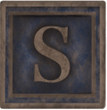
Solid Electrical is part of Solid Franchising, the development partner for tradesmen and tradeswomen across the country.
Copyright © All Rights Reserved